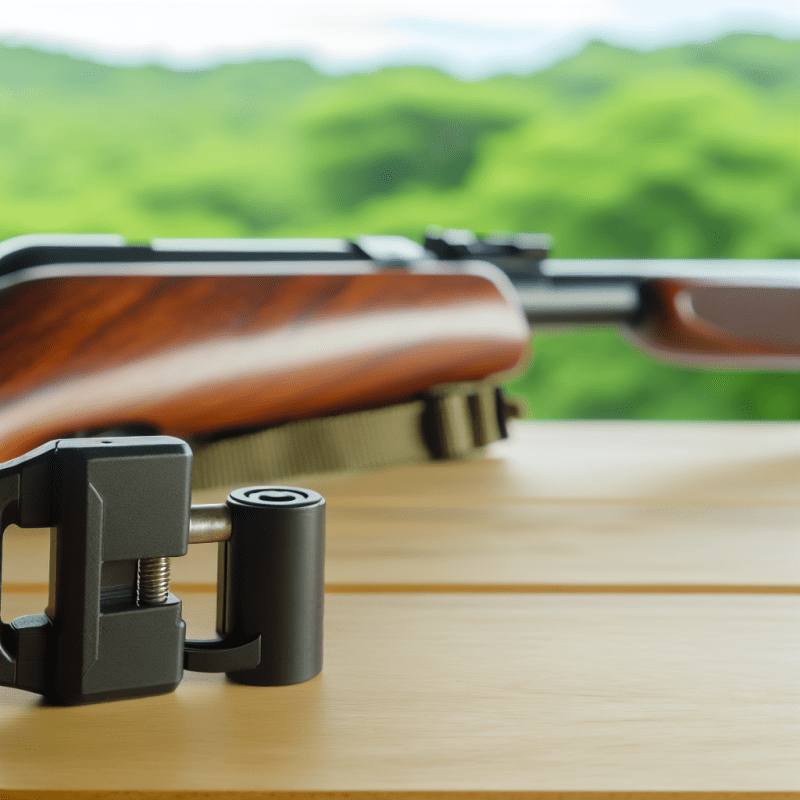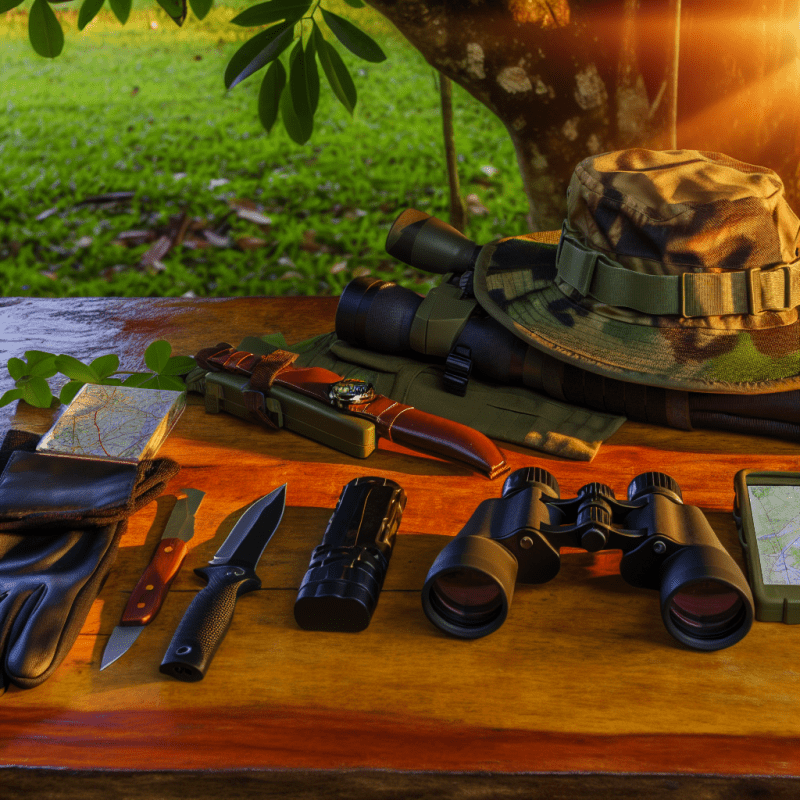Game calls are essential tools for any successful hunter looking to attract and lure various species. Each type of game call serves a specific purpose and operates on different sounds that mimic the natural calls of animals. Understanding these different types of game calls is crucial for improving your hunting techniques.
The most commonly used game calls include duck calls, deer calls, and turkey calls. Duck calls often mimic the sounds of female and male ducks, which helps to entice them to come closer. They typically feature a simple design that allows hunters to create a range of quacks and whistles. On the other hand, deer calls imitate the sounds of does and bucks, like grunts or bleats, which can attract nearby deer, especially during the rutting season.
Turkey calls are another popular choice among hunters. These calls can produce clucks, purrs, and yelps, which resonate with wild turkeys. Some hunters prefer mouth calls, while others opt for box calls or slate calls, each offering different sounds and effects. By mastering the art of turkey calling, you significantly increase your chances of a successful hunt.
In addition to these popular calls, there are specific calls for predators like coyotes and foxes. These calls mimic the sounds of prey animals in distress, attracting predators looking for an easy meal. Overall, understanding the nuances of different game calls and how to utilize them effectively can make a significant difference in your hunting experience.
Choosing the Right Call for Your Game
When it comes to hunting, selecting the right call for your game can make all the difference. Each type of game has its own specific sounds that attract attention, so understanding these nuances is crucial. Whether you're hunting turkeys, ducks, or deer, using the correct call can enhance your chances of success.
For turkey hunting, the yelp is a classic choice. It mimics the sound of a hen turkey and is perfect for attracting gobblers. If you want to experiment, try a cluck or purr for varied sounds. Many hunters prefer diaphragm calls for their ability to produce a range of vocalizations. Practice is key to mastering these calls; the more comfortable you are with them, the more effective they'll be in the field.
When hunting waterfowl, such as ducks, it's vital to choose a call that matches the species you are targeting. Mallards have a distinctive quack that can be replicated with a simple mallard call. Additionally, understanding the different sounds, like feed calls and greeting calls, will help you communicate effectively with the birds. Invest in quality calls, as they can make a significant difference in sound clarity and range.
For deer hunting, rattling and grunt calls are popular choices. A good set of rattling antlers can imitate the sound of fighting bucks, which often attracts other deer curious about the commotion. A grunt call serves as a way to communicate with deer, signaling them to come closer. It's important to know when to use these calls, as timing and patience are essential for successful deer hunting.
Mastering Techniques for Effective Calling
Practice makes perfect, and regular practice with your calls can significantly enhance your skill. Make it a habit to spend time outdoors, using various calls to simulate different scenarios. Vary your volume, rhythm, and tone to mimic the natural sounds of animals. Remember, a call that sounds too mechanical or artificial might scare off potential game rather than attracting it. Try to mimic the subtleties of real animal behavior to provide a more convincing lure.
Timing is another vital aspect of effective calling. Understanding the right moments to call can increase your chances of success. For example, during the rut, deer may respond differently to calls than they do at other times of the year. Similarly, early morning and late evening are often the best times to utilize calls for turkey hunting. Pay attention to the behavior and movement patterns of your target species to determine the ideal moments to employ your calls.
Lastly, patience is key. Sometimes, it may take time for the game to respond to your calls. If you don’t immediately get a reaction, don’t be discouraged. Remain calm and continue to observe your surroundings. Make adjustments to your calling strategy based on what you see and hear. Over time, you’ll start to develop an intuition for when to call, how often to call, and what sounds will resonate best with the game you’re pursuing. With practice and persistence, you’ll soon find yourself mastering the art of effective calling.
Practicing Calls for Better Results
Practicing calls is essential for any hunter looking to improve their success in the field. Just like mastering a musical instrument, the more time you dedicate to honing your calling skills, the better you’ll become. Readers often underestimate the power of practice, but it can make a significant difference in how effectively you attract game. From understanding the different pitches to timing your calls correctly, practice will prepare you for real hunting scenarios.
One effective way to practice is by mimicking the sounds you want to replicate. Start by listening to recordings of authentic game calls, whether it’s a deer, turkey, or waterfowl. Pay close attention to their rhythm and tone. Then, grab your call and try to replicate those sounds. Don’t worry if you don’t get it right on your first attempt; persistence is key. Regular practice will not only improve your technique, but it will also help you develop your unique style that echoes the real thing.
Another useful tip is to practice in different environments. Calling in your backyard is a great start, but taking your practice to a variety of locations can help you become more adaptable. Different settings can change how sounds travel, and you’ll learn how to adjust your calling technique accordingly. This will help you feel more confident when you’re in the field, ensuring you’re prepared for any situation that comes your way.
Finally, consider practicing with a partner. This can add an interactive element to your training, allowing you to experiment with responses and learn from each other. It’s also helpful to receive constructive feedback on your calling technique. By working together, you can both improve your skills, resulting in a greater success rate during your hunting outings.



